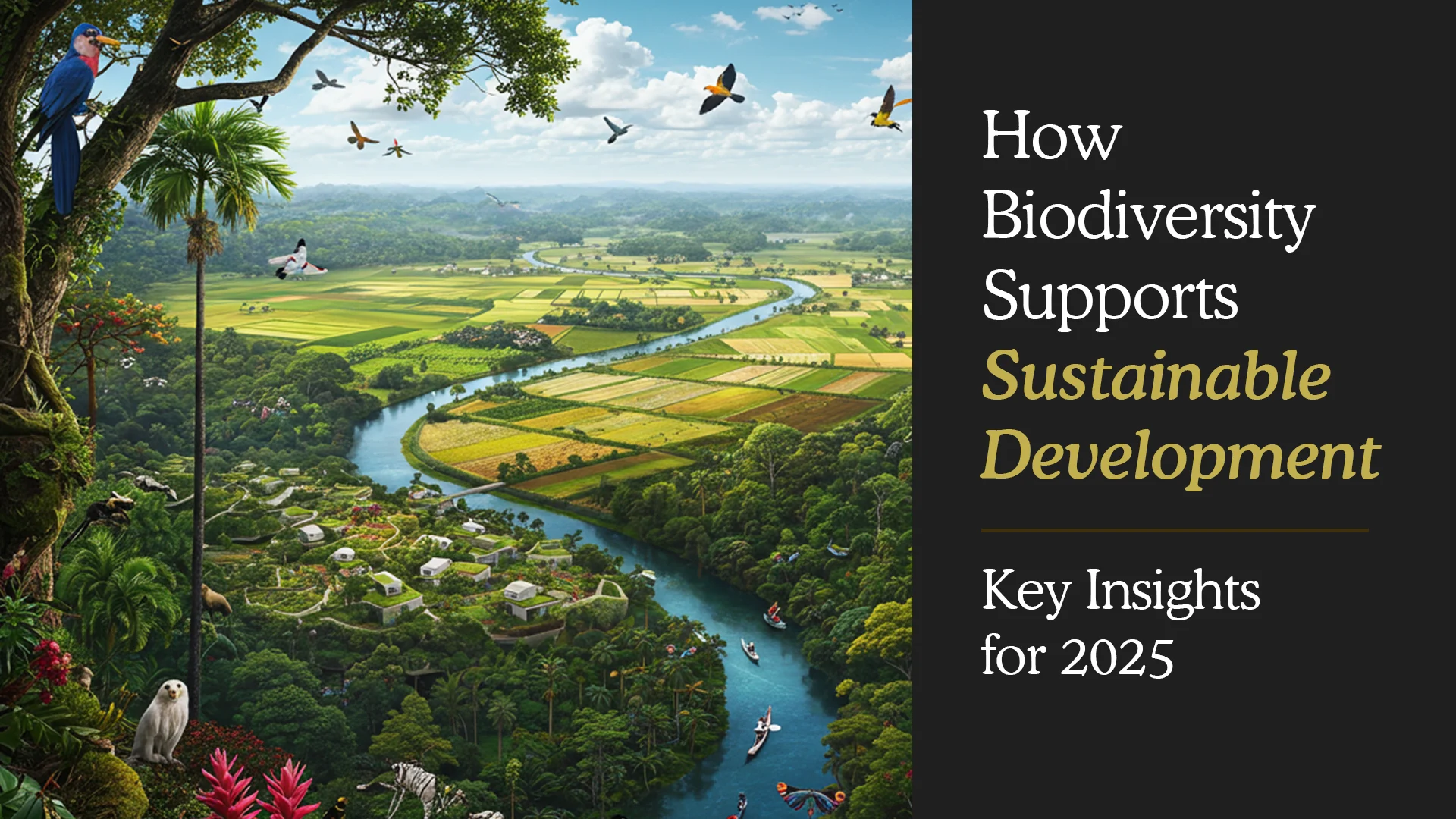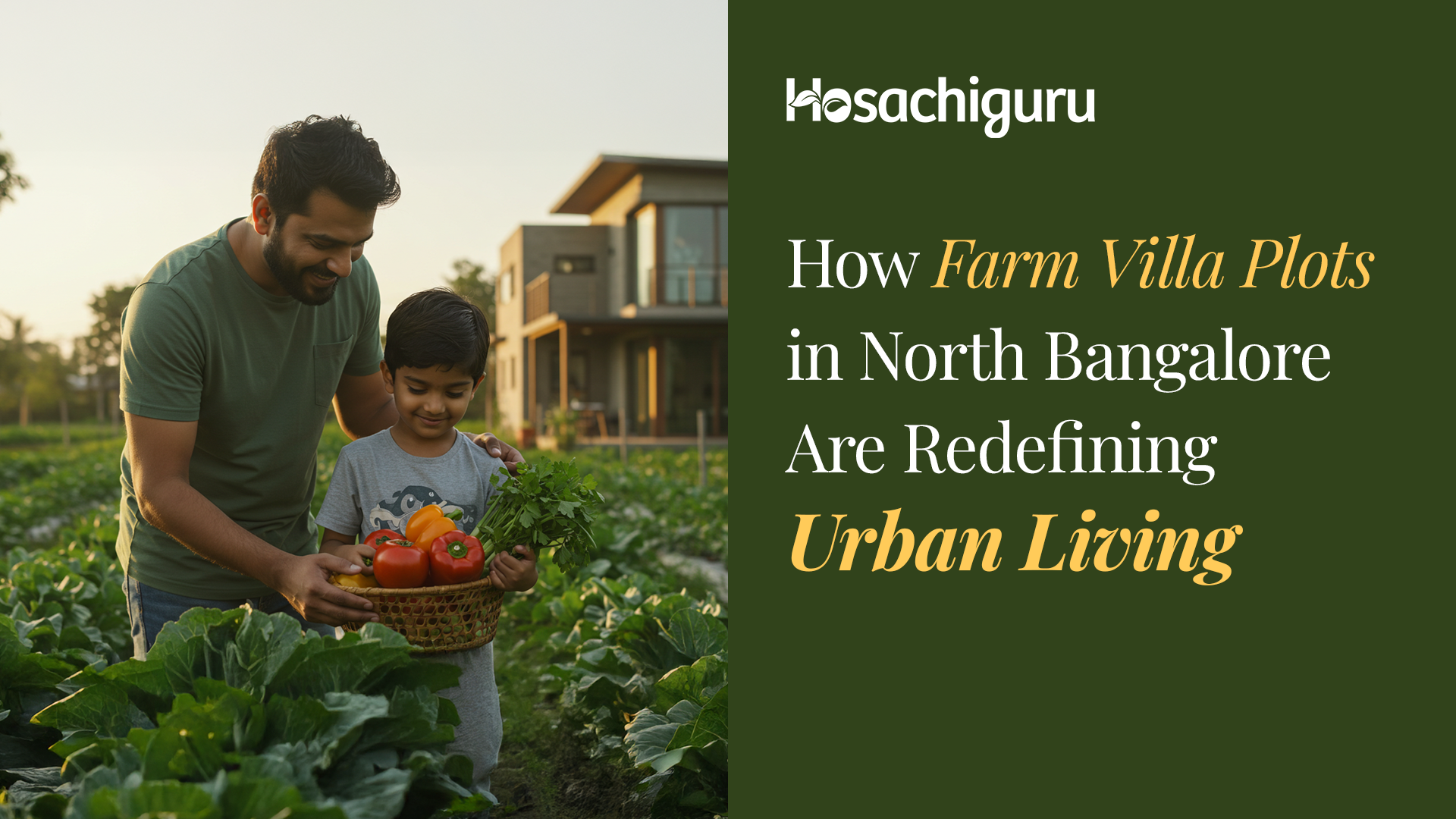February 27, 2023
Author – Srinivas Abhilash
Introduction
Food plays a critical role in our lives and is a cornerstone of our society; as citizens, we must prioritize it and its origins to cultivate a healthier and stronger nation of individuals. The source affects numerous factors, including our health, the environment, animal welfare, local economies, and cultural heritage. The consumer of the 21st century is interested in food consumption but not how it is grown. It is absurd, this perspective overlooks the broader implications of food choices. In the end, it is the user’s accountability that drives quality and efficiency.
India and Agrarian Distress
Farming is a profession of hope; to be a farmer means having faith in the future. Farmers, from time immemorial, have been the foundation of human civilization. Currently, farmers and the farming industry are facing numerous challenges globally. Demand for food continues to rise, yet the number of farmers is declining. The aging farming population is not being replaced by a new generation taking up the profession. An article by Down to Earth (https://www.downtoearth.org.in/news/agriculture/india-s-agrarian-distress-is-farming-a-dying-occupation-73527), published in 2020, states that farmers worldwide are leaving the industry, while the rural youth population grows. The census numbers in 2011 show that 2000 farmers leave their farms every day. The question remains, who will grow our food?
Colonizing Food Chain
A report published in Business Insider on April 4, 2017, entitled 10 Companies Control Everything You Buy, highlights that only ten corporations hold immense control over most food and beverage brands globally. (https://www.businessinsider.in/these-10-companies-control-everything-you-buy/articleshow/58009952.cms) This phenomenon, referred to as colonizing the food chain, gives these few companies immense power and influence over multiple stages of the food supply chain, from production to distribution to retail. As a result, the food system becomes homogenized, leaving consumers with limited options to choose from. This homogenization, however, can have several negative consequences, such as a decrease in food quality and diversity, environmental harm, and the loss of cultural heritage.
Hungry Corporations, Industrialized Food, and Human Health
Hungry corporations are often a driving force behind the industrialization of food production. Focus on maximizing profits and efficiency has led to a system that puts mass production over quality, nutrition, sustainability, and ethics. There is a direct link between our health and the industrialization of our food. It is highly processed and contains a high amount of added sugars, fats, and preservatives. Such a diet has been the cause of various lifestyle diseases, including obesity, heart disease, and diabetes. The book, What’s Making Our Children Sick? indicates how industrialized food and medical systems are damaging the health of our children, emphasizing the frightening links between the efforts to create higher-yield, cost-efficient foods and an explosion of childhood diseases. The book exposes the current predicament and offers insight into the available medical responses, both to heal our kids and reverse the compromised health of our food supply. Industrialized food is not cheap. It is too costly for our health, children, farmers, and the earth. The industrialization of food has contributed to environmental degradation through practices such as monoculture farming, heavy use of pesticides, and the loss of biodiversity.
Food and Consumer Choices
Consumerism pushes a country’s GDP to grow. But to build a sustainable world, we need conscious consumerism driven by wise choices to keep the ecological balance. What we buy, drives the types of products in the market, and how much we buy, drives the quality. By making informed decisions, we can support the production of high-quality healthy food.
In the 1960s, India was facing the issue of food security. Hybrid seeds were introduced and replaced with traditional heirloom seeds as they offered higher yields and better outputs. Because hybrid seeds lacked nutrition, they had to be supplied with external chemical inputs. This spoiled the health of the soil and humans too. The food we eat can be the safest form of medicine or the slowest form of poison. Good food choices are the best investment.
Farmers and managed farmlands that follow sustainable practices choose to grow heirloom varieties of fruits, vegetables, grains, and lentils. The moment we consumers purchase food products that prioritize quality ingredients and responsible production practices, we send a message to the market about what we value and what we are willing to pay. At Hosachiguru-managed farmlands, heirloom seeds and regenerative farming methods are used to grow responsibly.
Know Your Food, Know Your Source, Know Your Farmer
“Know Your Food, Know Your Source, Know Your Farmer” is a phrase often used to encourage people to be more aware of where their food comes from. It also highlights the quotient of transparency in areas of farming methods and the farmers who grow it.
People living in urban cities and spaces buy their daily essentials from supermarkets. Packed Foods available here are farmed and cooked by corporations fortified with synthetic nutrients. By choosing such products, consumers are losing out on having pure naturally-grown food. This shields the end consumer from knowing their food source and knowing their farmer. It is a catch-22 situation for urban consumers. Due to lack of time, convenience and comfort are the top priority, but the trade-off is well-being.
With managed farmland by Hosachiguru, it is very much possible to prioritize your well-being coupled with convenience and comfort. Locally grown fruits and veggies are often picked at the peak of ripeness, which means that it is more flavorful and nutritious in comparison to food that has traveled over long distances. Additionally, locally grown food supports the local economy and local farmers get their fair share of hard work. Being able to trace your food, its source, and the grower, you can make informed decisions about what you eat and support responsible and sustainable food production practices. Grow Local, Buy Local. The end users who buy and consume locally grown food tend to have better immunity and cherish stronger relationships with local farmers and communities. Food source matters. Choose wisely to live a healthy life.
Choose Farmacy over Pharmacy
The goals of pharmaceutical and large food corporations are often intertwined as they strive to create lifelong customers by promoting addictive food choices and medicine. Food corporations prioritize cost over quality and manufacture products with low nutrients. It creates nutritional deficiencies and lifestyle diseases. Pharmaceutical companies tap this opportunity and create customers for life.
However, it is important to note that lifestyle diseases often require significant lifestyle changes rather than a quick fix, as there is no magic pill to remedy these issues. Eventually, cured patients are no longer a source of revenue, highlighting the need for a shift towards preventative and sustainable healthcare practices.
Masanobu Fukuoka, a Japanese natural farmer, and philosopher, once stated that food and medicine are two sides of the same coin, representing the front and back of a single body. Chemically grown vegetables may suffice as food, but they lack the medicinal properties of natural produce. Medicine, meanwhile, is focused on treating sickness, while pure food has the potential to promote and maintain health. During times of economic hardship such as World War I and II, people turned to their backyards and gardens for sustenance, resulting in a decline in disease rates worldwide.
At Hosachiguru’s managed farmlands, families can grow their food forests to create a continuous and recurring source of fresh produce. Be a family farmer and take a giant leap towards safe, healthy, and nutritious food. As the adage goes, “Let food be thy medicine and medicine be thy food.”
Choose Family Farmer over Family Doctor
Society is obsessed with finding cures without trying to learn about the cause. The growing concern over health and rising medical costs, it is imperative to have access to clean, nutritious, and chemical-free food. Family farmers play a vital role in providing this type of food by using sustainable farming practices that prioritize the health of the land, people, plants, and animals. They are often more likely to sell their products directly to consumers, through farmers’ markets, community-supported agriculture (CSA) programs, and other local outlets.
Let us all take charge and serve our families the food we know the story behind. Individuals and communities are very hard to control and manipulate when they are healthy and clear about what they want. Let us be intentional in what we do. Let us make a conscious choice. Invest in managed farmlands by Hosachiguru and gift a longevity diet to your family.
Michael Pollan, a journalist who writes on topics where nature and cultures intersect, says”Food is not just Fuel. Food is about family, Food is about community, Food is about identity. And we nourish all those things when we eat well.”
Live a Co-Farmers life with Hosachiguru and grow the safe food you always wanted to consume. Gift yourself and your family the best health and cherish life.
Conclusion
Let us all put our faith in the farmer who grows clean and nutrient-rich food for our families. Choose Healthcare over Sickcare. Choose Family Farmer over Family Doctor.





















































































































































































